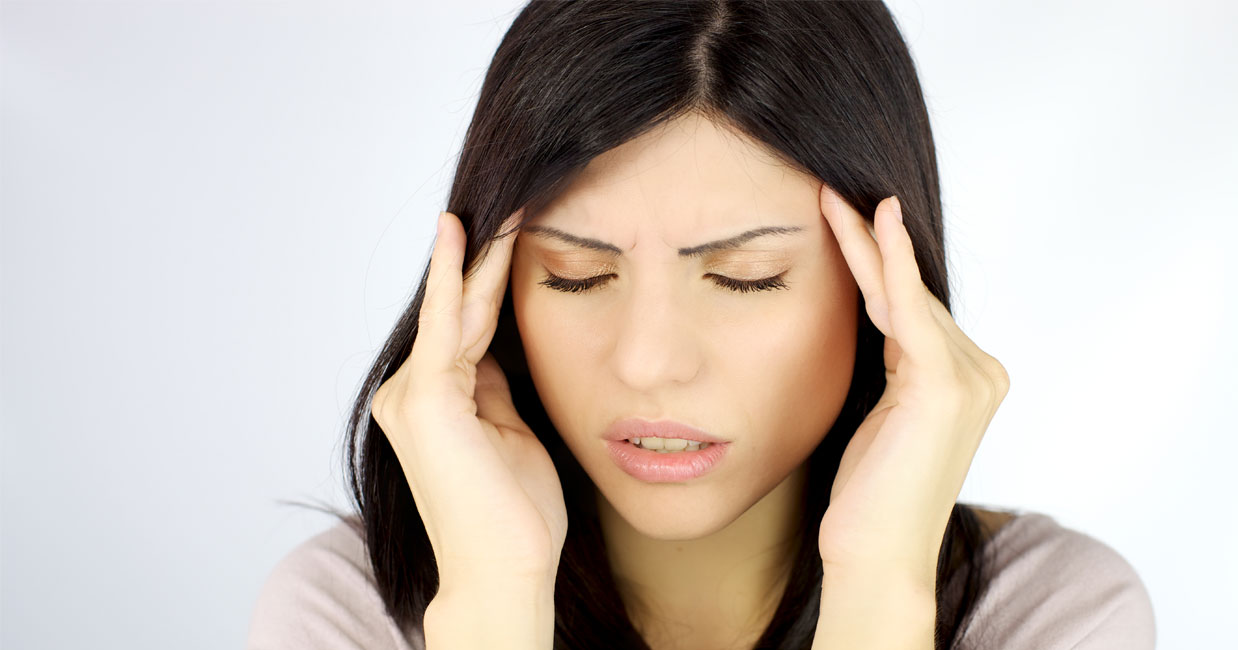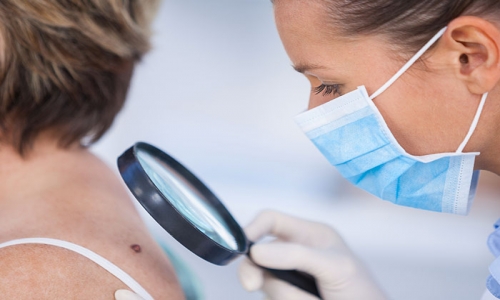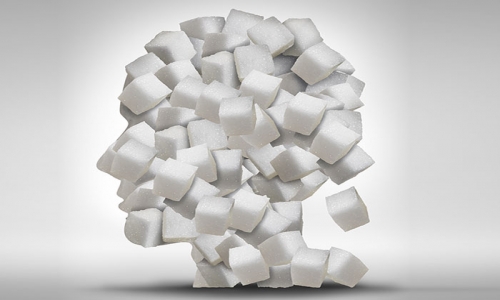13 May 2019

One can easily differentiate an ordinary headache or a migraine.
The migraine presents itself in an intense pain to the head, localized on one side. It manifests itself in repetitive and periodic crises that can last from a few hours to 2 or 3 days.
A migraine is not a simple headache, but a constraining disease, of unknown origin except hypotheses of heredity, and which requires follow-up and medical care.
Symptoms of a migraine
During a migraine attack, the intense pain felt on one side of the head and on the eyeball can be associated with:
―Nausea or vomiting
―Hypersensitivity to light and to noise
―Visual disturbances
―Blurred vision, vision of small black spots and in this case we speak of ophthalmic migraine.
―A sensation of cold or heat
―Tingling and heaviness of the limbs
―Muscle pains
Before the attack, migraine sufferers tend to present particular visual and neurological signs called "aura" which are manifested by the sight of points or bright streaks, a temporary loss of sight with vertigo and language disorders.
The aura precedes the migraine about an hour but may not be followed.
Triggering factors
Still unknown causes, many factors can cause migraine.
Climatic factors :
Cold or heat waves, wind, thunderstorms can trigger a migraine.
Hormonal factors :
During periods of menstruation, the woman may have a migraine attack related to the fall of estrogen in the blood. Catamenial or menstrual migraine, which disappears with the woman's hormonal cycle, during pregnancy and after menopause.
Psychological factors :
Migraines can be triggered by stress, overwork or emotional disturbances.
For this reason, it can occur in children and young people during exams and in adults during important events (professional life, marriage, travel ...). Sleep disorders of different etiologies are also triggering factors.
Drugs and Foods :
The existence of a concordance between excessive use of painkillers and migraine has been proven. Some foods can also trigger it such as alcohol, cheese and chocolate.
Treatments
Despite its known symptoms, only your doctor can diagnose whether it is a migraine with or without aura to prescribe the proper treatment. These intense and sometimes intolerable pains are treated with analgesics and anti-inflammatories.
In case of resistance to this therapy, your doctor may prescribe triptans, a specific treatment for migraines.
Sometimes a good sleep cure to avoid light and noise, can alleviate the pain of a migraine. Natural treatments such as homeopathy, hypnosis and acupuncture can be used. Traditional recipes such as infusions (rosemary, ginger) or forehead and temples massages with lavender or mint essential oils can prove helpful.
To prevent migraine, avoid triggering factors by following a regular sleep pattern.




